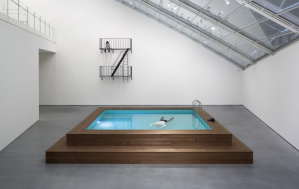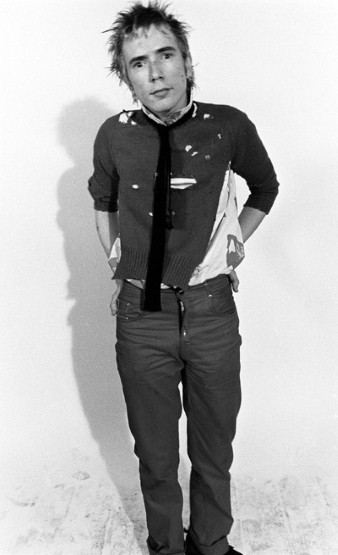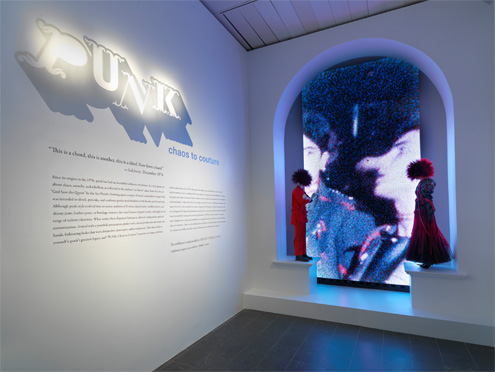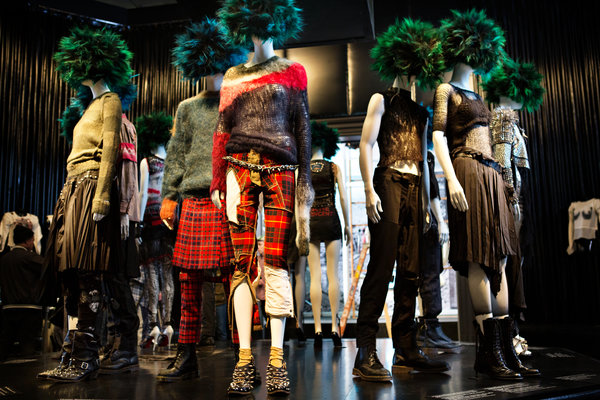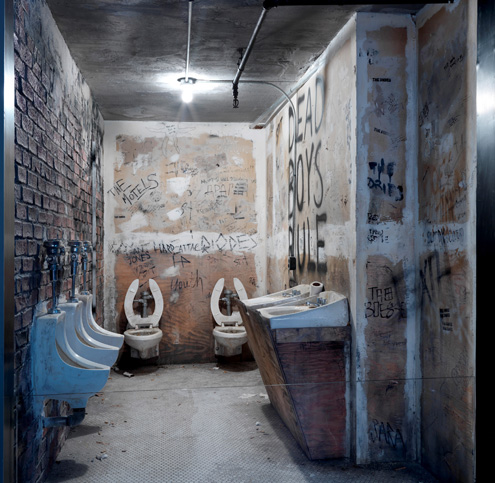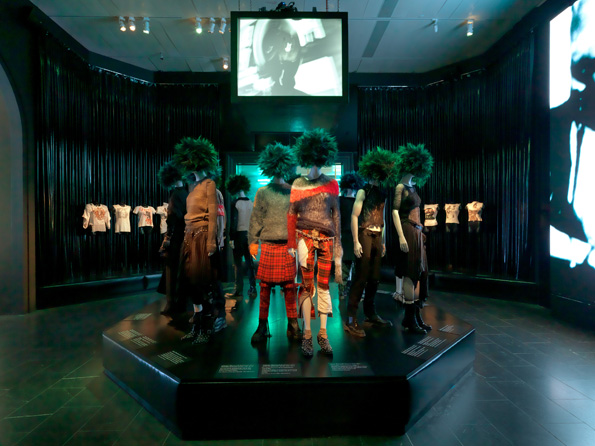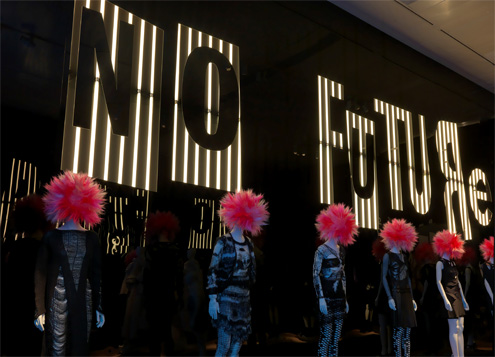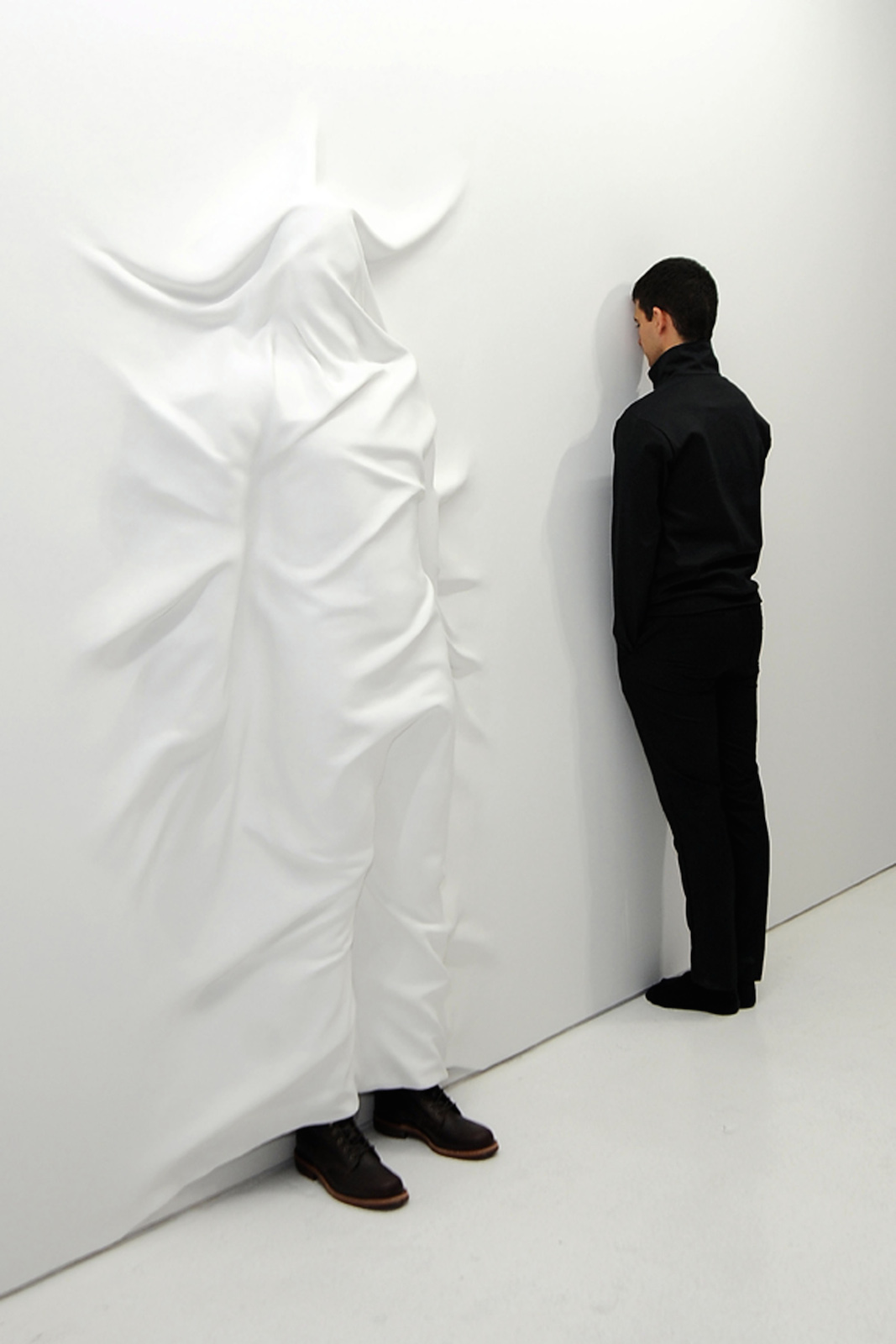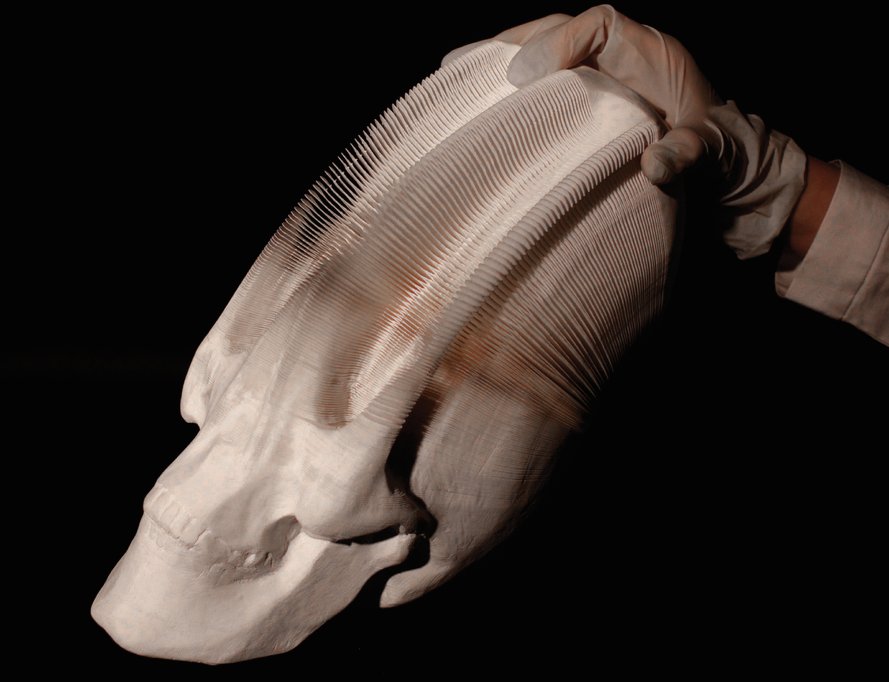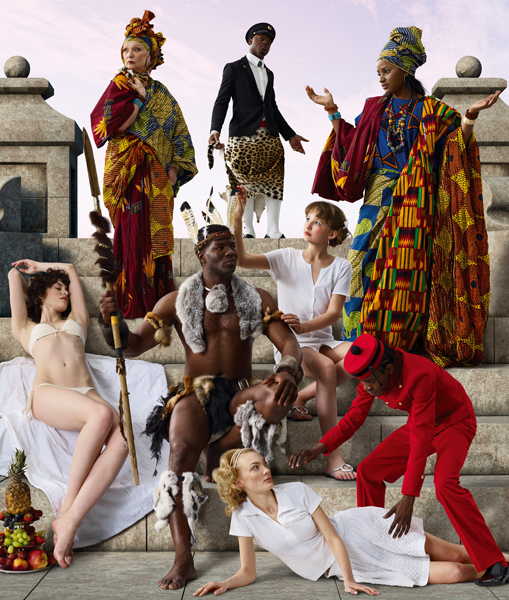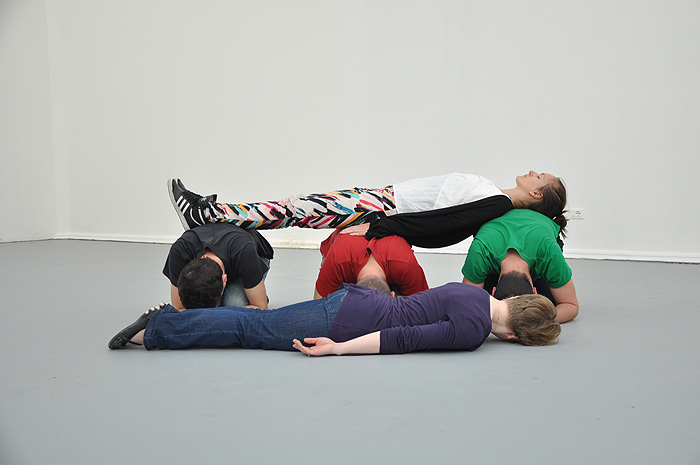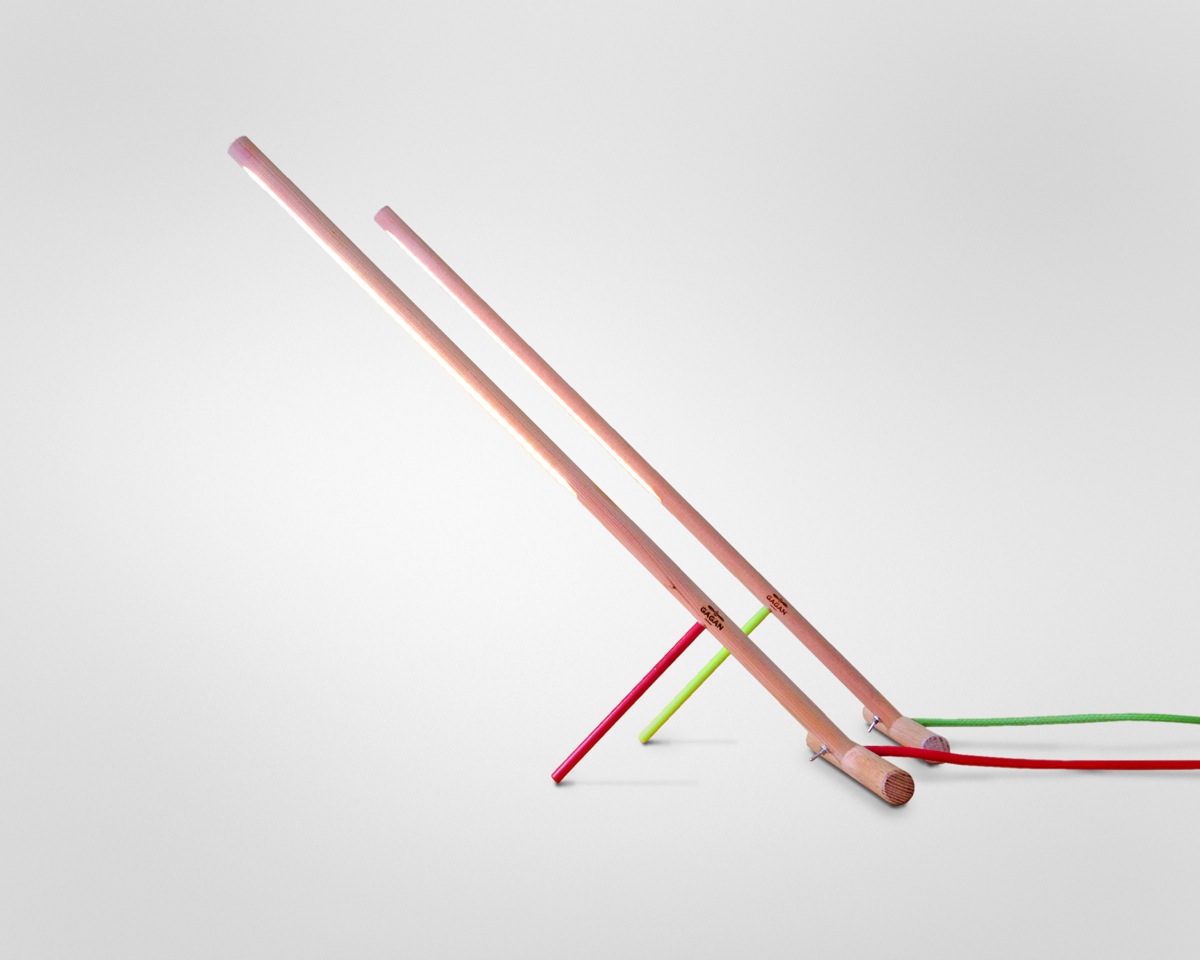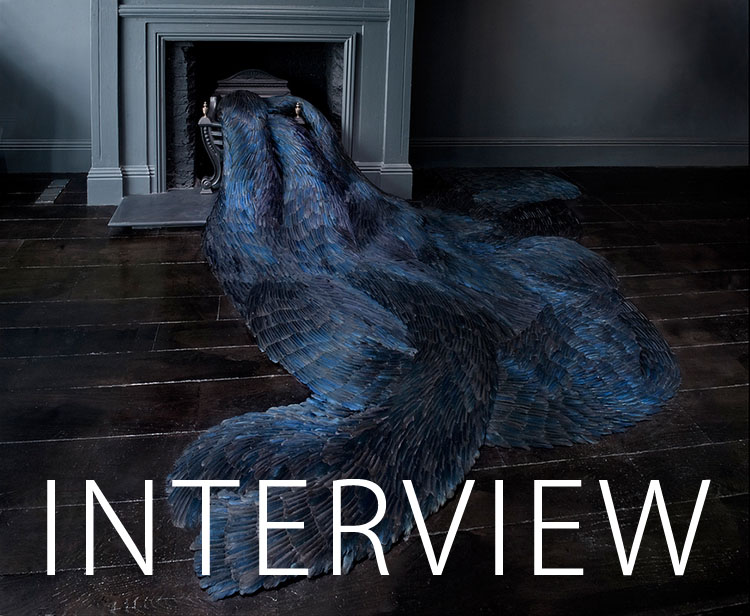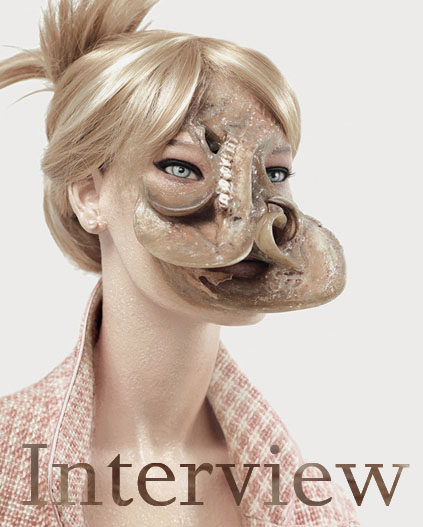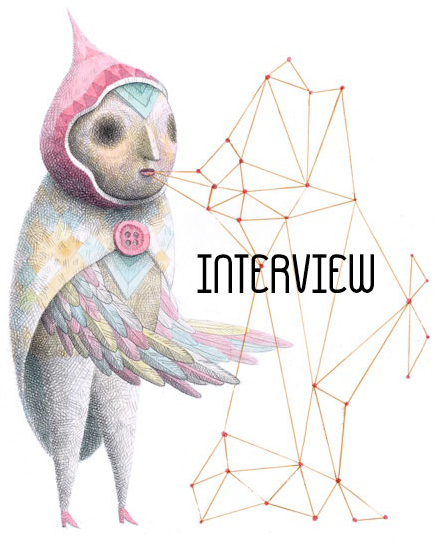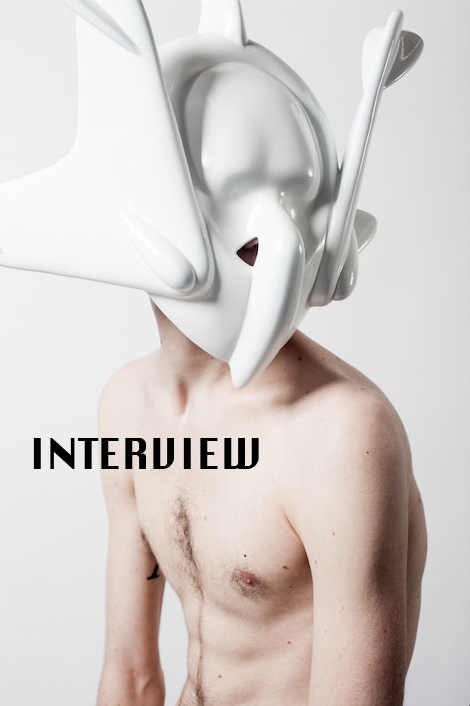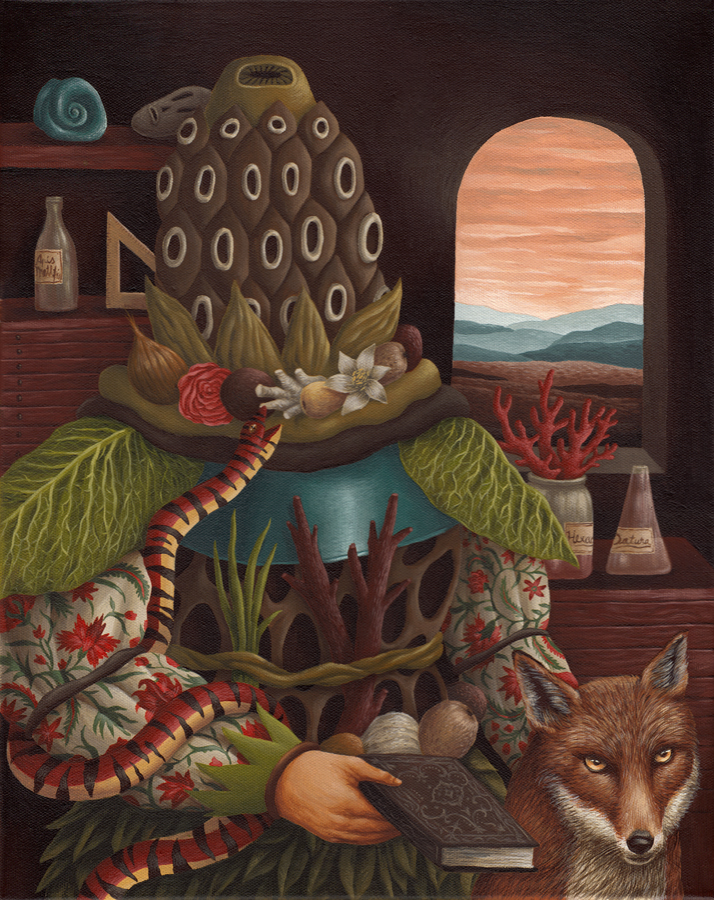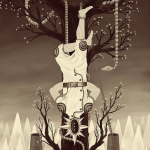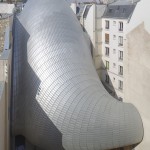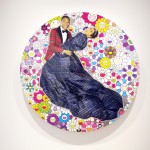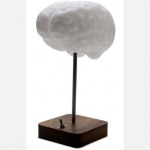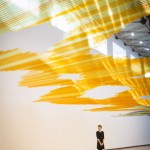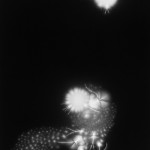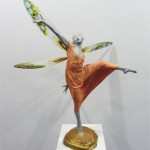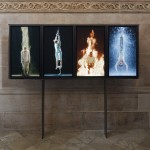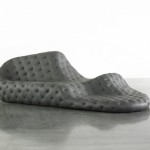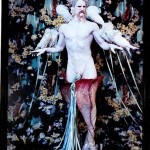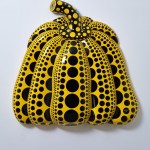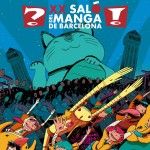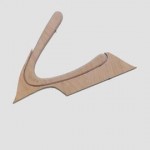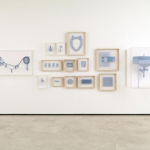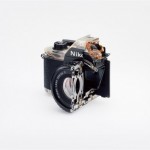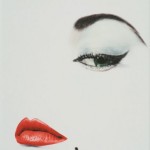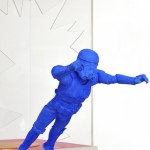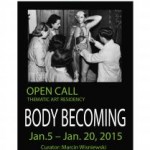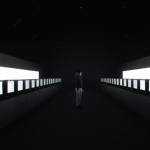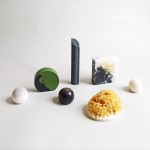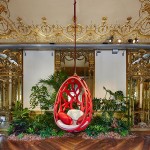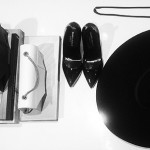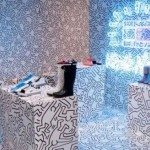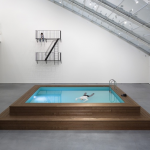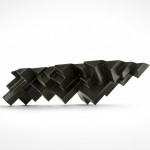INHALE is a cultural platform where artists are presented, where great projects are given credit and readers find inspiration. Think about Inhale as if it were a map: we can help you discover which are the must-see events all over the world, what is happening now in the artistic and cultural world as well as guide you through the latest designers’ products. Inhale interconnects domains that you are interested in, so that you will know all the events, places, galleries, studios that are a must-see. We have a 360 degree overview on art and culture and a passion to share.

“Since its origins, punk has had an incendiary influence on fashion,” said Andrew Bolton, Curator in The Costume Institute. “Although punk’s democracy stands in opposition to fashion’s autocracy, designers continue to appropriate punk’s aesthetic vocabulary to capture its youthful rebelliousness and aggressive forcefulness.”
PUNK: Chaos to Couture, organized by The Costume Institute of The Metropolitan Museum of Art, examines punk’s impact on high fashion from the movement’s birth in the 1970s through its continuing influence today. The exhibition is on view from May 9 through August 14 at the Museum.
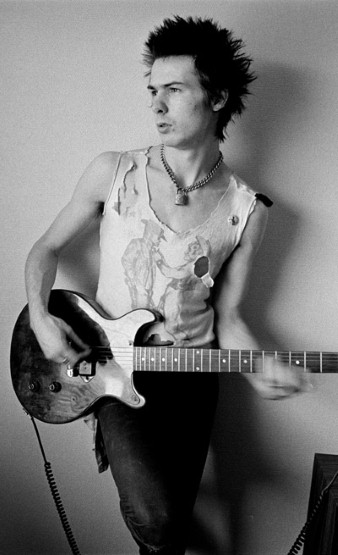
Sex Pistols vocalist Sid Vicious posed with a padlocked-necklace and moth-eaten vest in 1977.
photo fashion.telegraph.co.uk
The exhibition, in the Museum’s second-floor Cantor galleries, features approximately 100 designs for men and women. A few iconic punk garments from the mid-1970s are juxtaposed with recent, directional fashion to illustrate how haute couture and ready-to-wear have borrowed punk’s visual symbols, with paillettes being replaced with safety pins, feathers with razor blades, and bugle beads with studs. Focusing on the relationship between the punk concept of ‘do-it-yourself’ and the couture concept of ‘made-to-measure,’ the exhibition is organized around the materials, techniques, and embellishments associated with the anti-establishment style. Presented as an immersive multimedia experience, the clothes are animated with vintage videos and soundscaping audio techniques.
Organized thematically, each of the seven galleries has footage of designated punk ‘heroes’ who embody the broader concepts behind the fashions on view. The first gallery is devoted to CBGB in New York City, represented by Blondie, Richard Hell, and Patti Smith. Opposite is a gallery inspired by Malcolm McClaren and Vivienne Westwood’sSeditionaries boutique at 430 King’s Road in London, and between the two is Clothes for Heroes, embodied by a slow motion video of Jordan. This gallery examines designers who extend the visual language of punk, as it was originally articulated by McLaren and Westwood, by merging social realism with artistic expression.
Do-it-yourself, punk’s enduring contribution to high fashion, is explored in the four final galleries: D.I.Y. Hardware, focusing on couture’s use of studs, spikes, chains, zippers, padlocks, safety pins, and razor blades, with Sid Vicious as its icon; D.I.Y. Bricolage, highlighting the impact of punk’s ethos of customization on high fashion, including the use of recycled materials from trash and consumer culture, as epitomized by Wayne County;D.I.Y. Graffiti and Agitprop, exploring punk’s tradition of provocation and confrontation through images and text exemplified by The Clash; and D.I.Y. Destroy, examining the effect of punk’s rip-it-to-shreds spirit, typified by Johnny Rotten, via torn and shredded garments associated with deconstructionism.
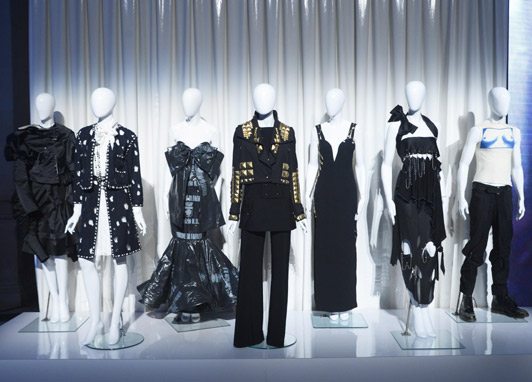
Pieces for the Met’s Punk: Chaos to Couture exhibition, including the studded jacket by Riccardo Tisci
photo fashion.telegraph.co.uk
Designers in the exhibition include Miguel Adrover, Thom Browne, Christopher Bailey (Burberry), Hussein Chalayan, Francisco Costa (Calvin Klein), Christophe Decarnin (Balmain), Ann Demeulemeester, Dior, Domenico Dolce and Stefano Gabbana (Dolce and Gabbana), John Galliano, Nicolas Ghesquière (Balenciaga), Katharine Hamnett, Viktor Horsting and Rolf Snoeren (Viktor & Rolf), Christopher Kane, Rei Kawakubo (Comme des Garçons), Karl Lagerfeld (Chanel), Helmut Lang, Martin Margiela, Malcolm McLaren, Alexander McQueen, Franco Moschino and Rossella Jardini (Moschino), Kate and Laura Mulleavy (Rodarte), Miuccia Prada, Gareth Pugh, Zandra Rhodes, Hedi Slimane (Saint Laurent), Stephen Sprouse, Jun Takahashi (Undercover), Riccardo Tisci (Givenchy), Gianni Versace, Junya Watanabe, Yohji Yamamoto, and Vivienne Westwood.
via metmuseum.org


